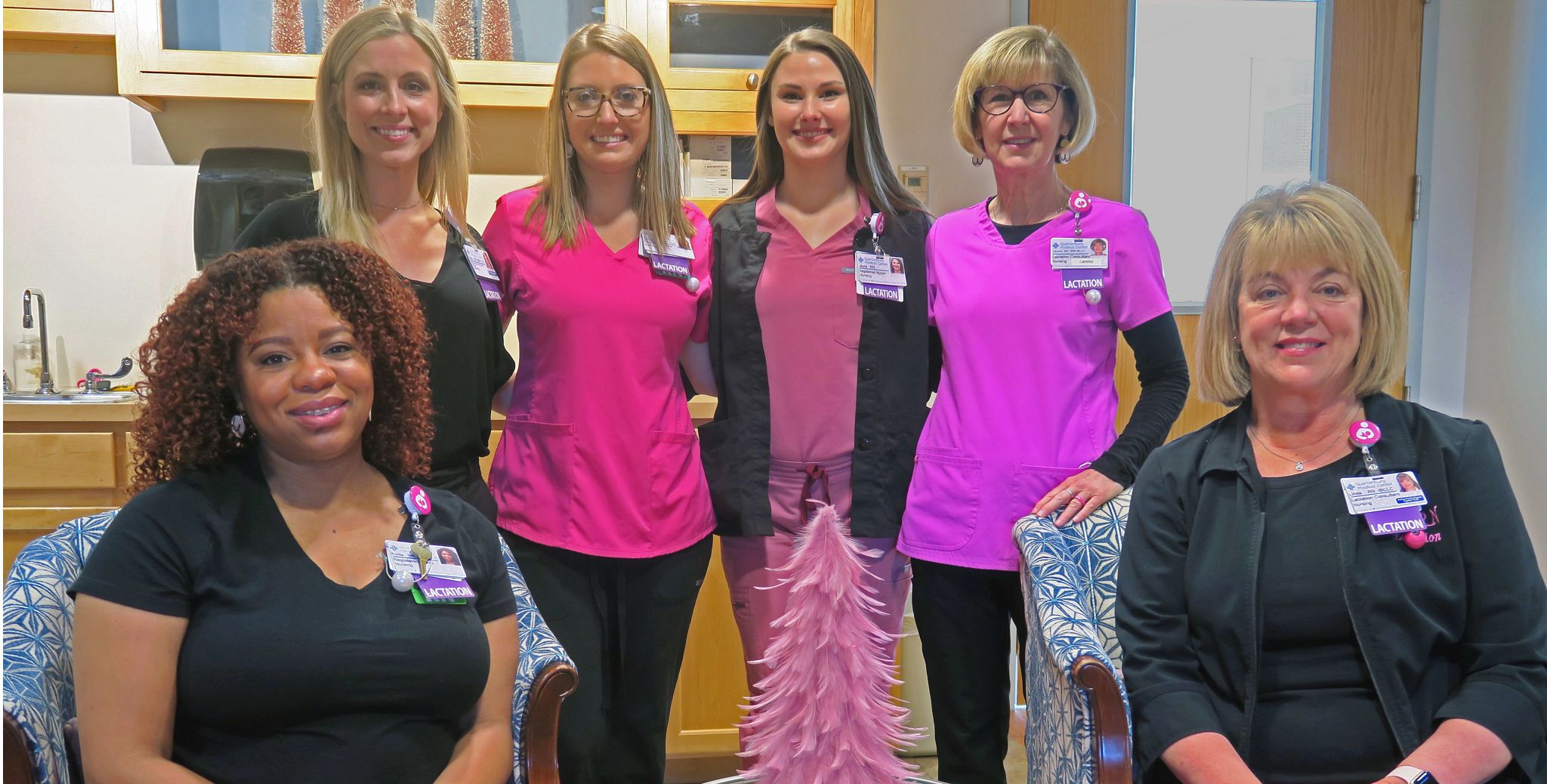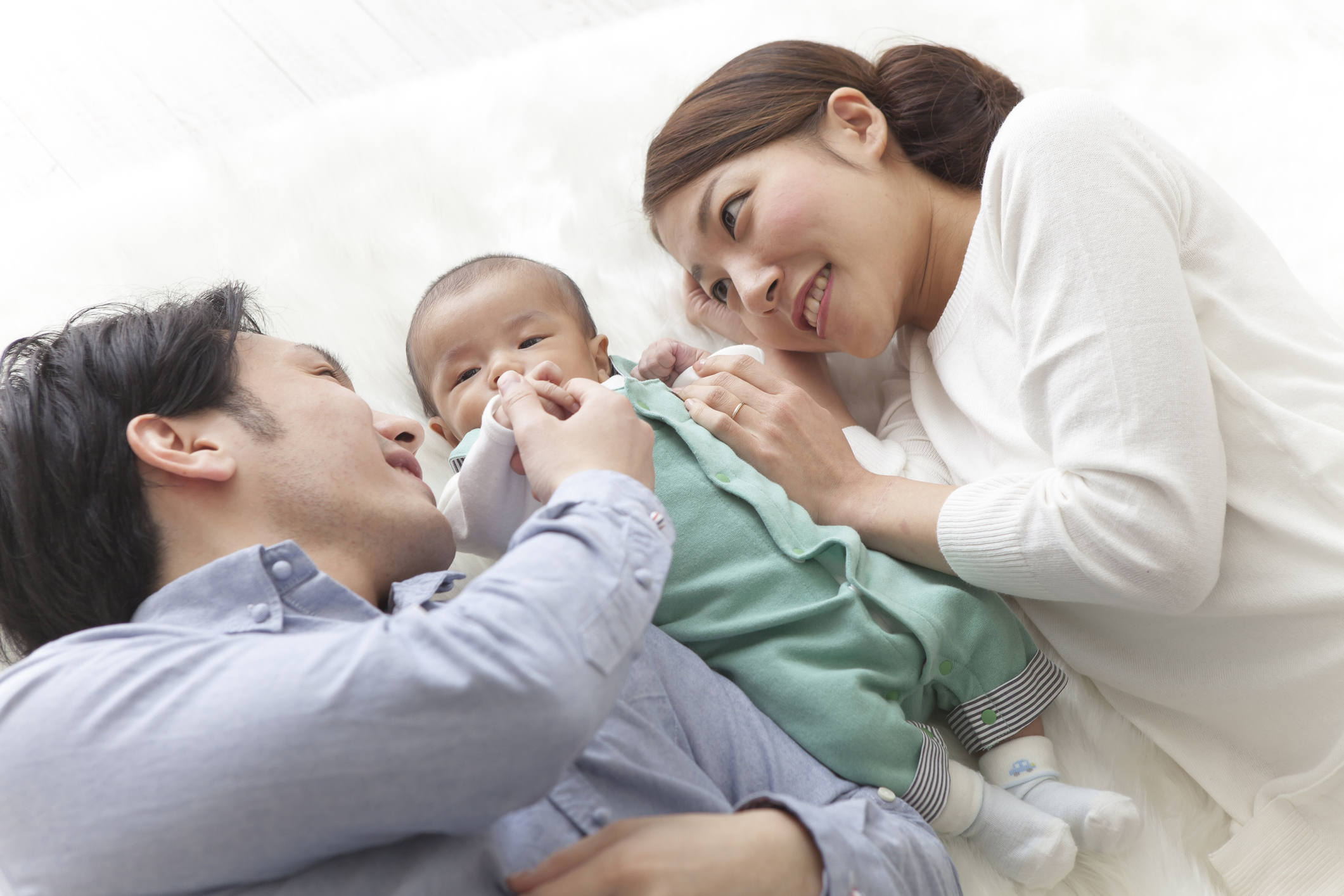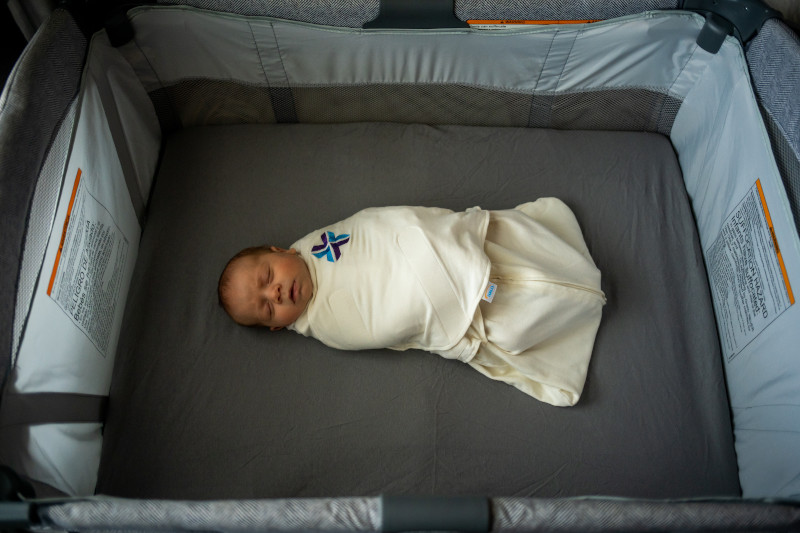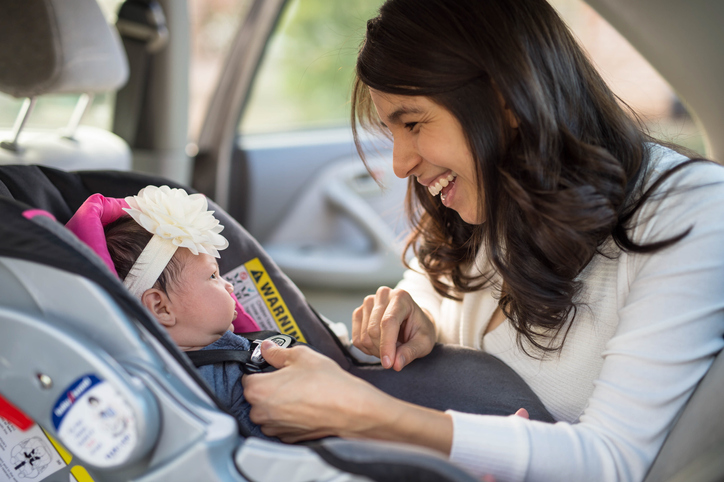Maternity

About
Congratulations! The birth of a baby is one of the most exciting events in anyone's life. But, it does require planning. One of the biggest decisions is where you will go for the delivery. Spartanburg Regional Healthcare System has worked to build the delivery journey you and your baby deserve. We offer prenatal and delivery services at Spartanburg Medical Center.
Spartanburg Medical Center is a Baby-Friendly® acute care hospital with a Level III NICU and an OB Laborist program to ensure a qualified professional is on-site every day, 24 hours a day, ready to care for you and your newborn. We also provide comprehensive lactation services to help you and your baby get off to a great start with breastfeeding.
Take a Virtual Tour
Want to know what to expect? Take a virtual tour of the Labor & Delivery unit at Spartanburg Medical Center.



















